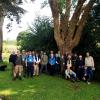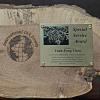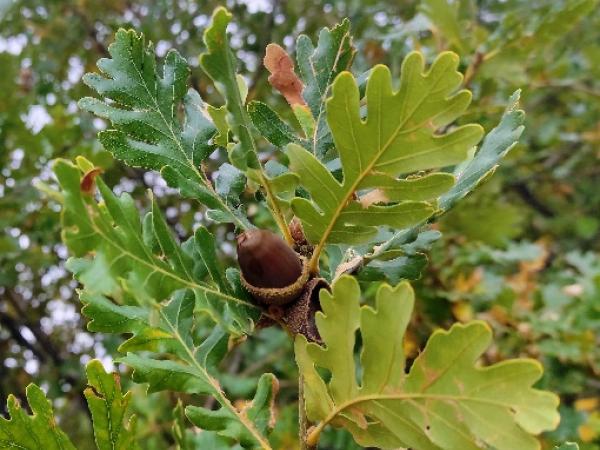Editor's Picks
Plant Focus
In an article published in the latest issue of The Linnean, one of the journals of The Linnean Society of London, Aljos Farjon FLS reports on the biodiversity of High Park, a wild section of Blenheim Park in Oxfordshire, England. Aljos previously reported on the preliminary results of a comprehensive survey of the biodiversity of High Park in The Linnean Society's newsletter, PuLSe No. 48, July 2021 (you can download that article here). The survey has now come to a planned end and, in the present article, Aljos reports the "final" results and discusses the importance of ancient oaks as hotspots of biodiversity in the United Kingdom. The results are to be published in 2024 in the book The Natural History of Blenheim’s High Park (Pelagic Publishing).You can read the article here or download the PDF by clicking on the image below.
Aljos Farjon is also the author the book Ancient Oaks in the English Landscape, first published in 2017 and reviewed on the IOS website here. A second edition of the bestselling and award-winning book was published in 2022. Aljos combines history with science and tells the story of how ancient oaks have shaped the English landscape over the past 1,000 years. The two British native species of oak, pedunculate oak (Quercus robur) and sessile oak (Q. petraea), are among the longest living trees in England. Using data made available by "citizen science" (data gathered by volunteers across the country), Aljos explains this remarkable situation by giving detailed evidence enhanced with beautiful images of the stunning oaks, as well as graphs and maps. Since the publication of the first edition in 2017, more than a thousand very large ancient oaks have been recorded in England, resulting in updated statistics included in this new edition, and new and important sites described. For more information on the second edition, or to purchase a copy, click on the image below.

















